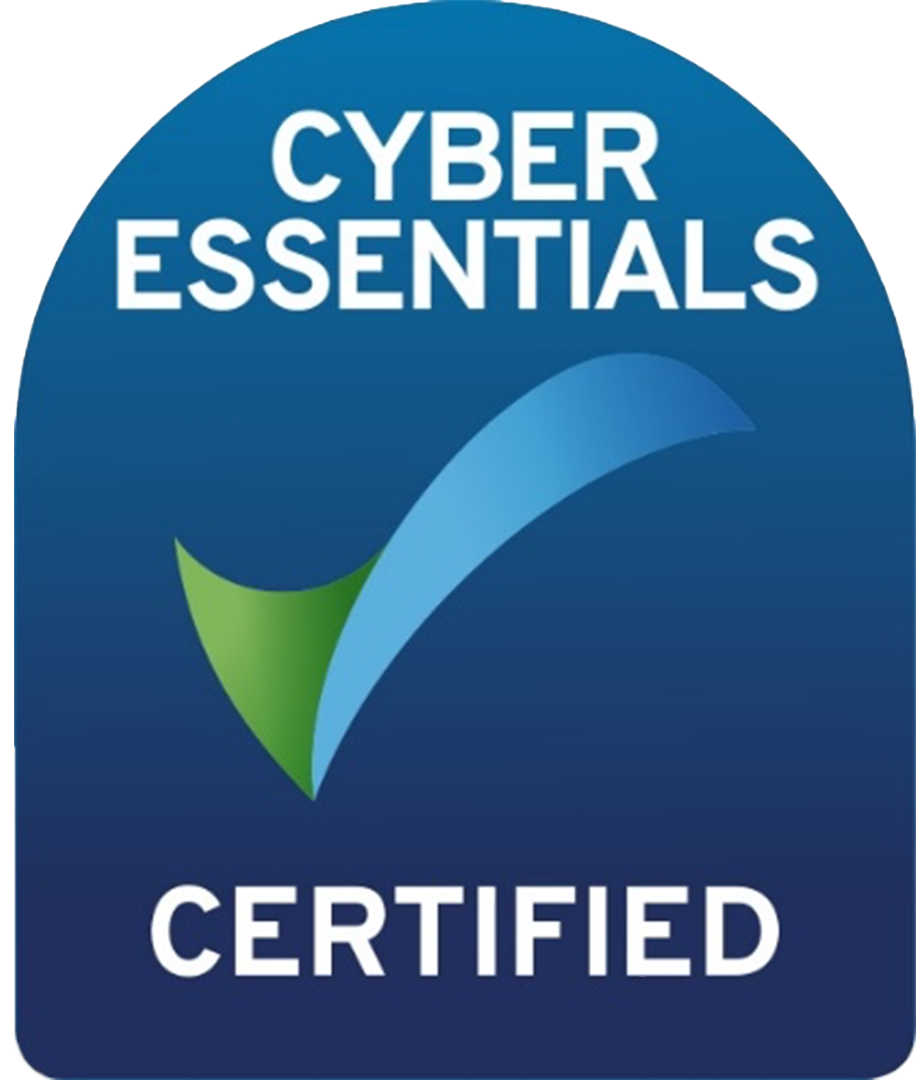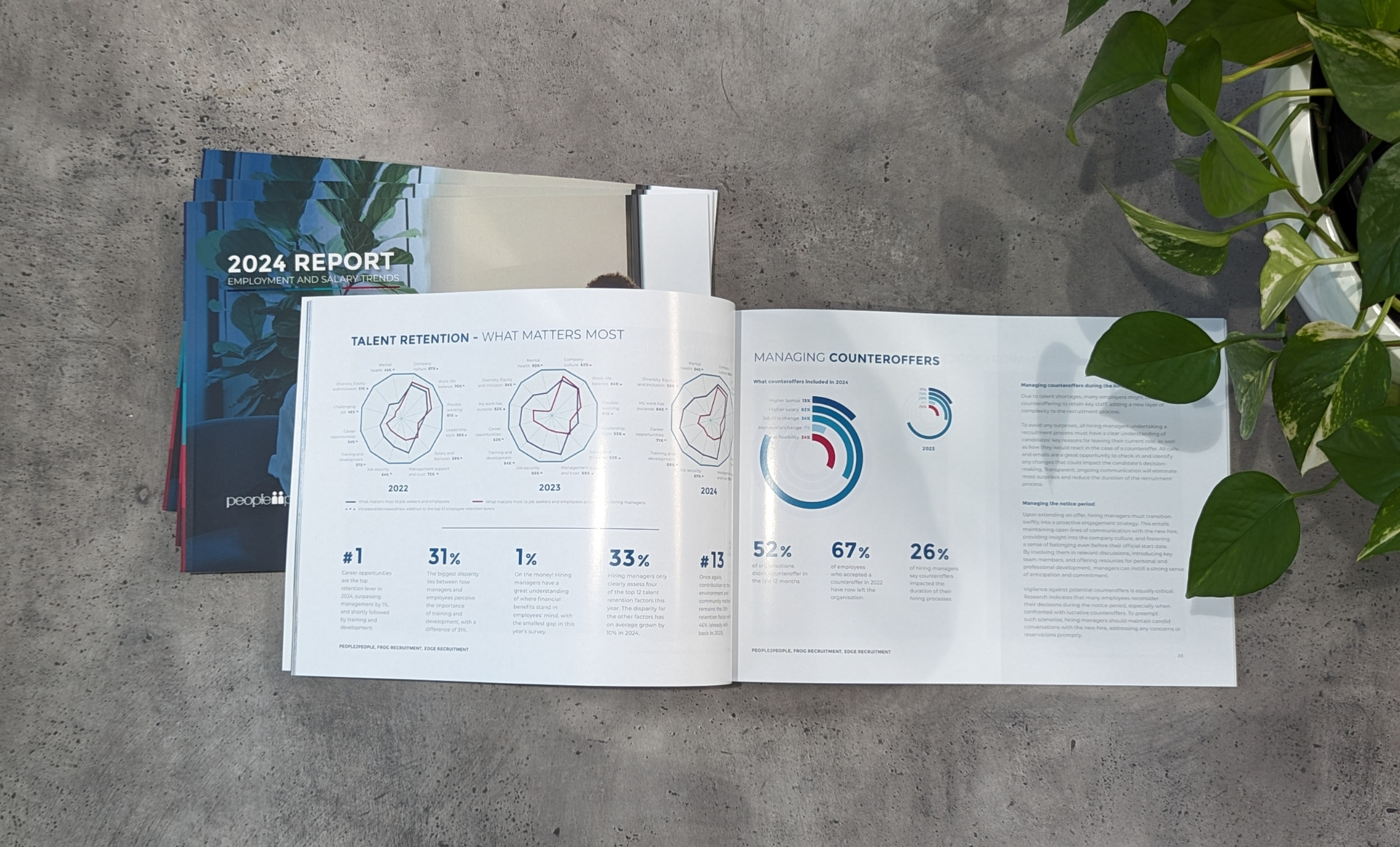As you can appreciate, working in recruitment, I get to see a lot of resumes. Some are good, others not so much. What really seems to stick out though, is that a lot of resumes have not been tailored to highlight the key areas which suit for the role for which the jobseeker is applying. So, how do you write the perfect resume for the role for which you are applying?
1. Keep it relevant
In your previous roles, make sure you list any responsibilities/duties that will be required of you in the new role. If you’ve had experience in areas other than required by the job vacancy for which you are applying, don’t over emphasise it. Add extra detail to your relevant work experience.
2. Match the job description
When writing your resume, make sure you read the job description of the position, carefully. Do your skills or experience match with the requirements of the role? What is required? If so, great! Make sure you detail that in your resume.
3. Use the correct language
Use the appropriate language for the industry in which the role is related. If applicable, use some technical terms relevant to the industry – but don’t overdo it.
4. Layout
If you’re applying for a graphic design role, it’s probably wise to impress your potential new employers with your graphic design skills, so dress up your resume a little bit. However, if you’re applying for a role which doesn’t require you to be a graphics guru, just keep the layout simple, neat and presentable. It’s important to note that your resume isn’t going to get you the job, but there is a higher likelihood of you securing that valuable interview if your resume is relevant, well written and specifically tailored to the job.
Share this article
Useful links
Search for jobs today
Temp Jobs in United Kingdom
Perm Jobs in United Kingdom
Got a vacancy?
What's happening in the market?
Get your copy of the 2024 United Kingdom Employment and Salary Trends Report
How do I prepare for my job interview?
Get in touch
Find out more by contacting one of our specialisat recruitment consultants across Australia, New Zealand, and the United Kingdom.
Recent insights



UK's 2024 Employment and Salary Trends Report
Salary trends, talent attraction and retention strategies
Copyright © 2024, people2people
people2people partners with
CarbonInvoice to measure and mitigate any carbon emissions associated with the work we do.
Specialisations
Locations
Resources




